If you haven't read the hackaday article about the FERMIAC, you can find it here.
In the 1930's Enrico Fermi and the Via Panisperna boys discovered that slow moving neutrons were much more likely to interact with atoms, enabling the later discovery of controlled nuclear fission. In the process Fermi developed statistical sampling techniques for analyzing complex atomic physics experiments.
In the late 1940's Stanislaw Ulam and John von Neumann were inspired to resurrect these techniques using the world's first general purpose computer, ENIAC to create what became known as the Monte Carlo method of statistical analysis.
Unfortunately, ENIAC was taken down for maintenance, leaving the world without any electronic computers for a few months. In the down time Fermi invented a mechanical computer to help perform Monte Carlo sims which was eventually nicknamed FERMIAC.
FERMIAC was actually a pretty apt name, the AC in ENIAC stood for And Computer, so the full name would really be Fermi And Computer. The FERMIAC device itself was only a small part of the simulation which required scale mechanical diagrams, tables of computed values and other calculations that were preformed by hand. The device wasn't really automated; Fermi used it as a tool in a much more complicated system for a few years until faster computers became available.
The only FERMIAC ever built eventually made its way into the Bradbury Science Museum in Los Alamos after being accidentally discovered in an office in 1966 as described in the Oct 1966 edition of the Los Alamos magazine The Atom (PDF, pg 9-11), where it remains to this day. In 2013-14 I became interested in finding out more about how it worked and how it was used but there was little information available (the wikipedia article was a couple of paragraphs long and listed only one source). I would occasionally google for more information but nothing would ever turn up; that is until a few weeks ago when I discovered the Museo Storico della Fisica e Centro Studi e Ricerche “Enrico Fermi”, an Italian museum had built their own replica in 2015. Fabrizio Coccetti, senior research technologist at the Enrico Fermi center in Rome published a paper about it as well as slides (pdf) from a talk at the 101st National Congress of the Italian Physics Society.
The slides contained a high-resolution image provided by the Bradbury Science Museum of a blueprint for the FERMIAC which was created after the re-discovery of the device by someone named D.F. Sterner at Los Alamos National Laboratory.
Finally, I had almost everything I needed to complete my project...
 Jeremy Ruhland
Jeremy Ruhland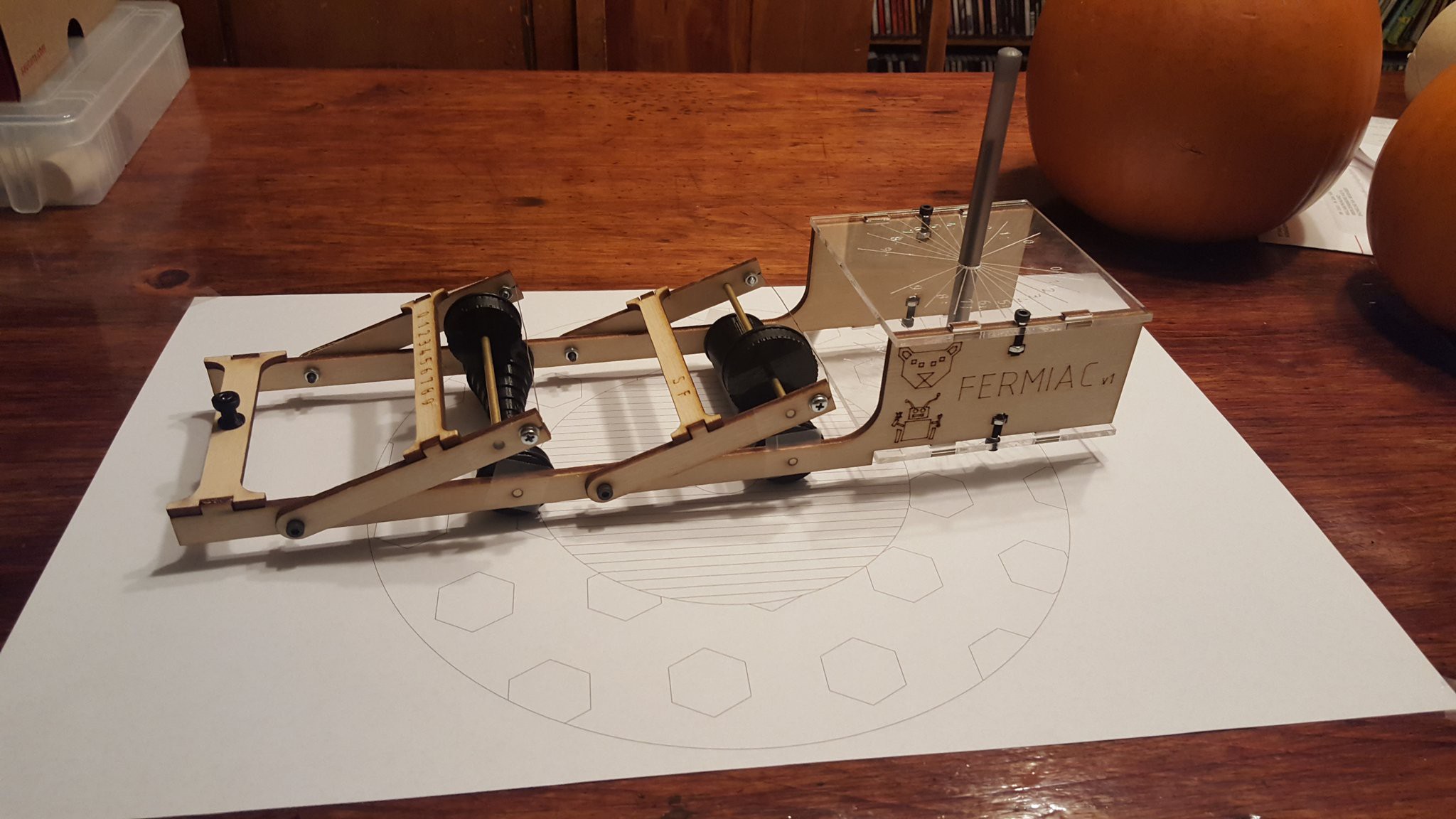
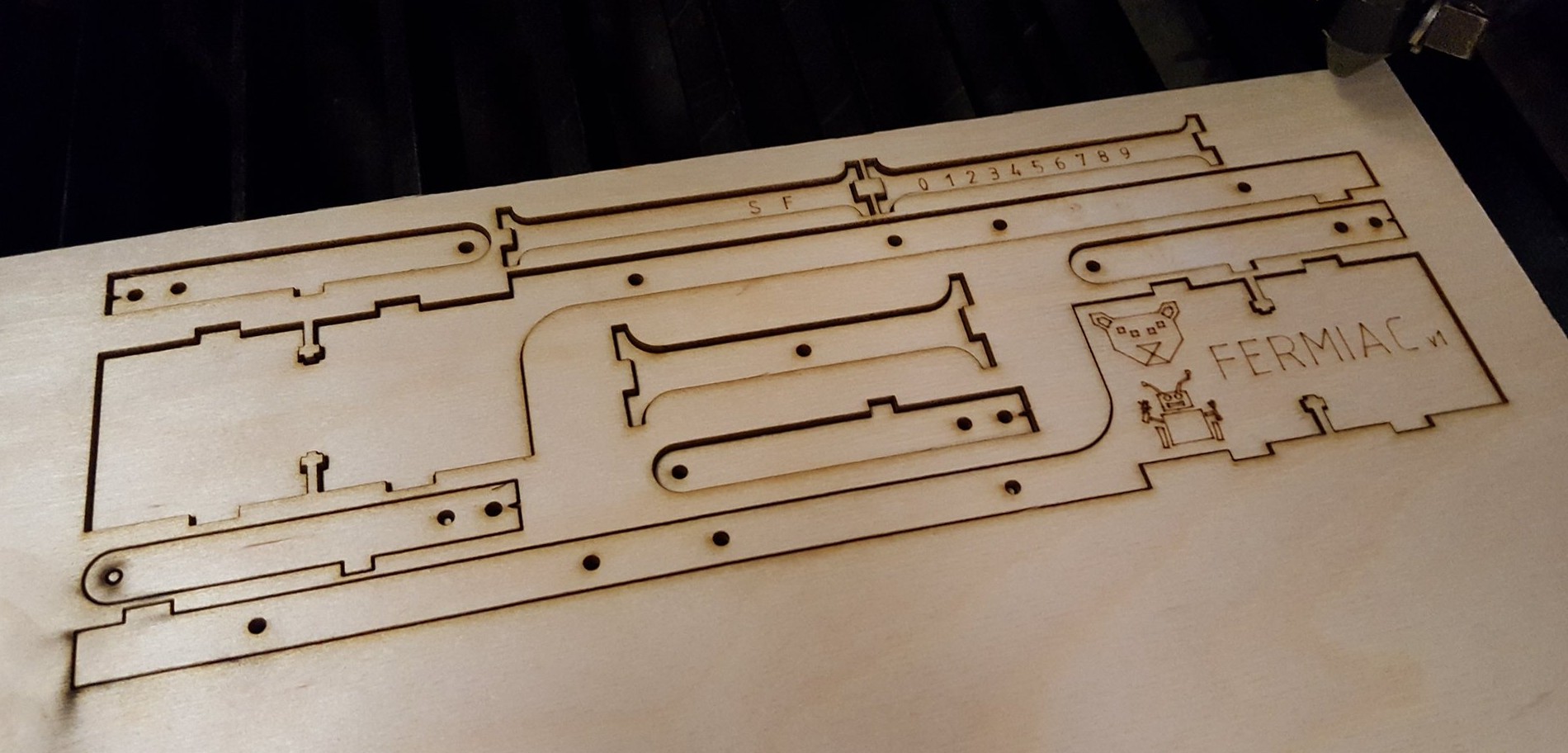
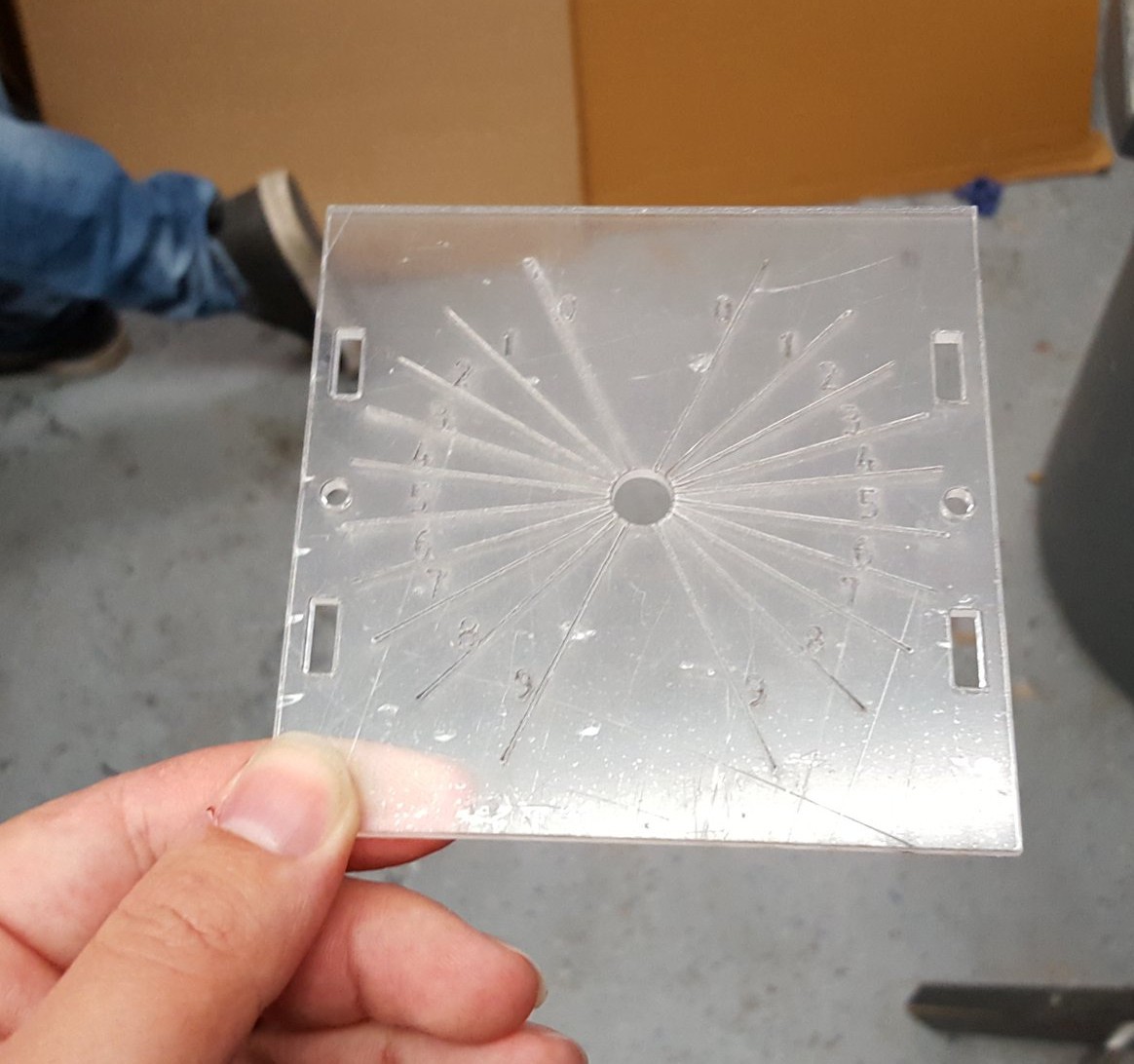
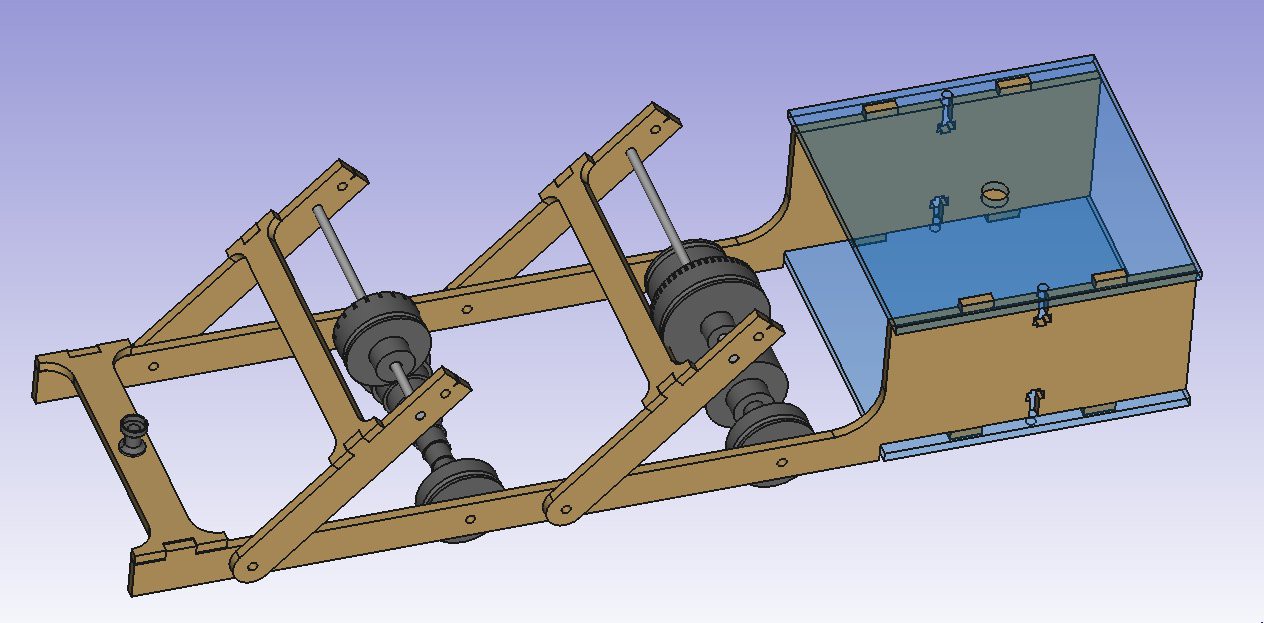
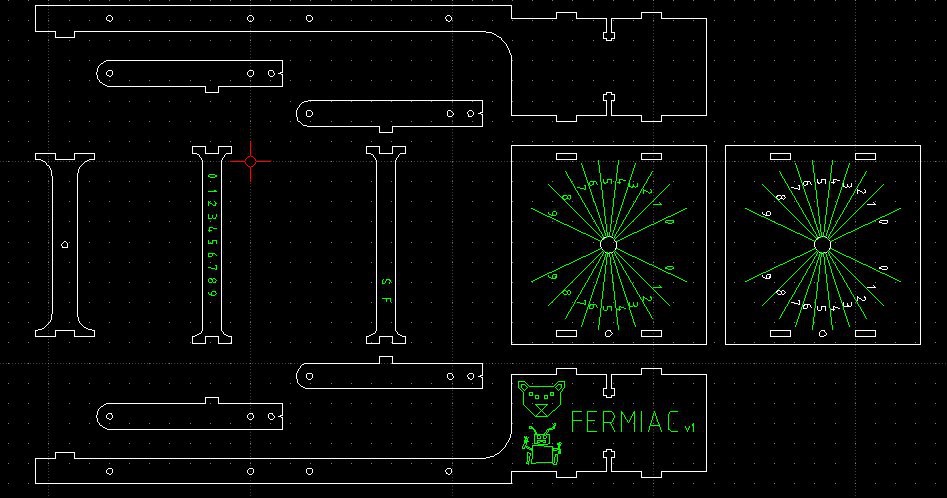
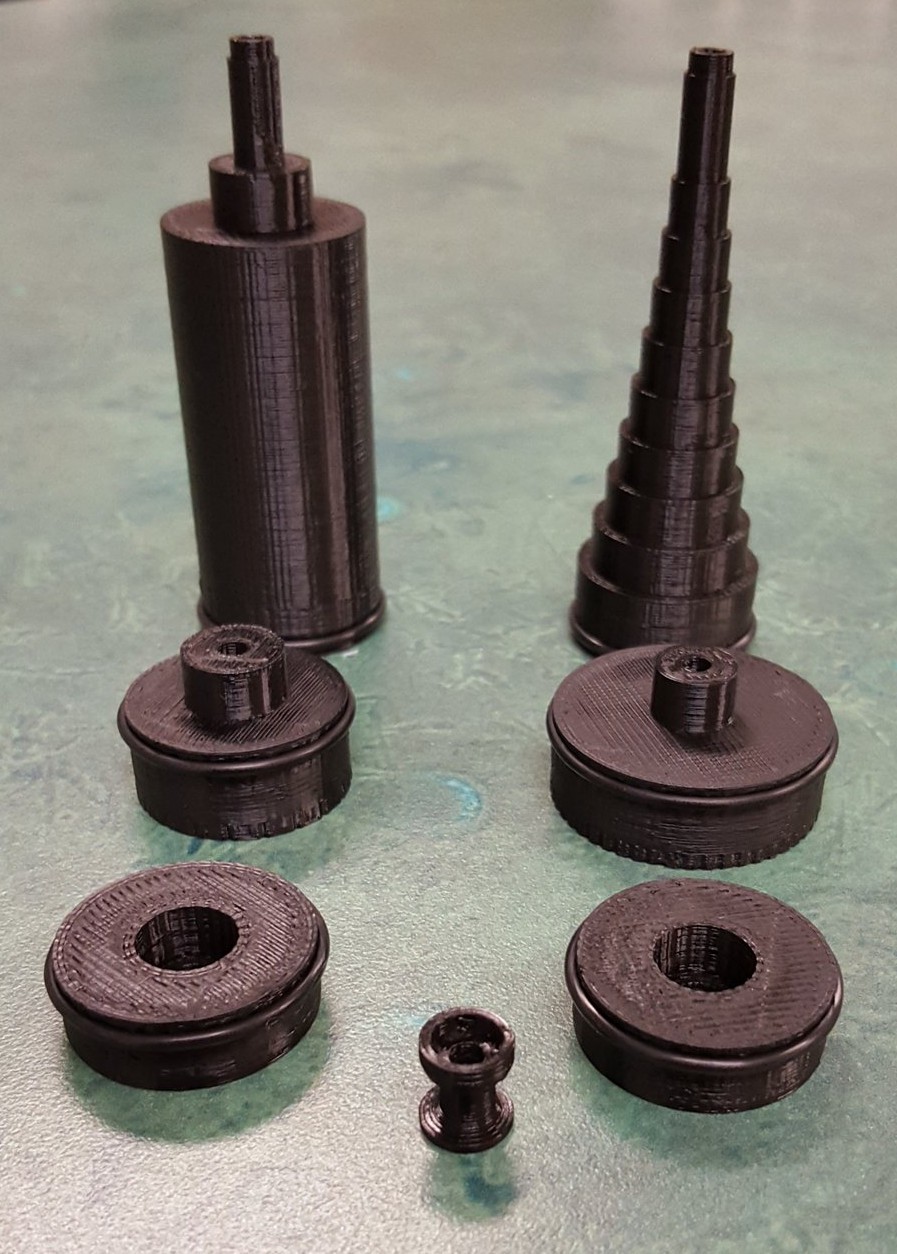
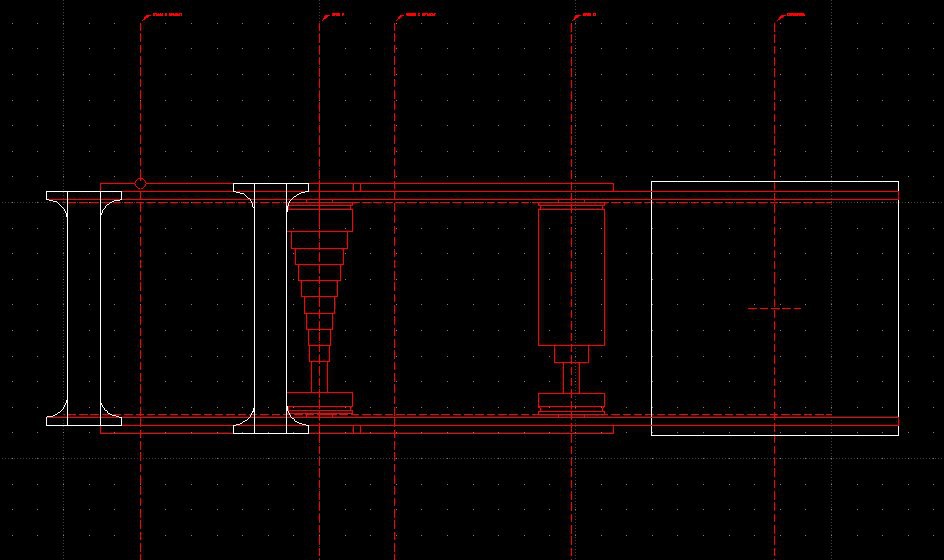
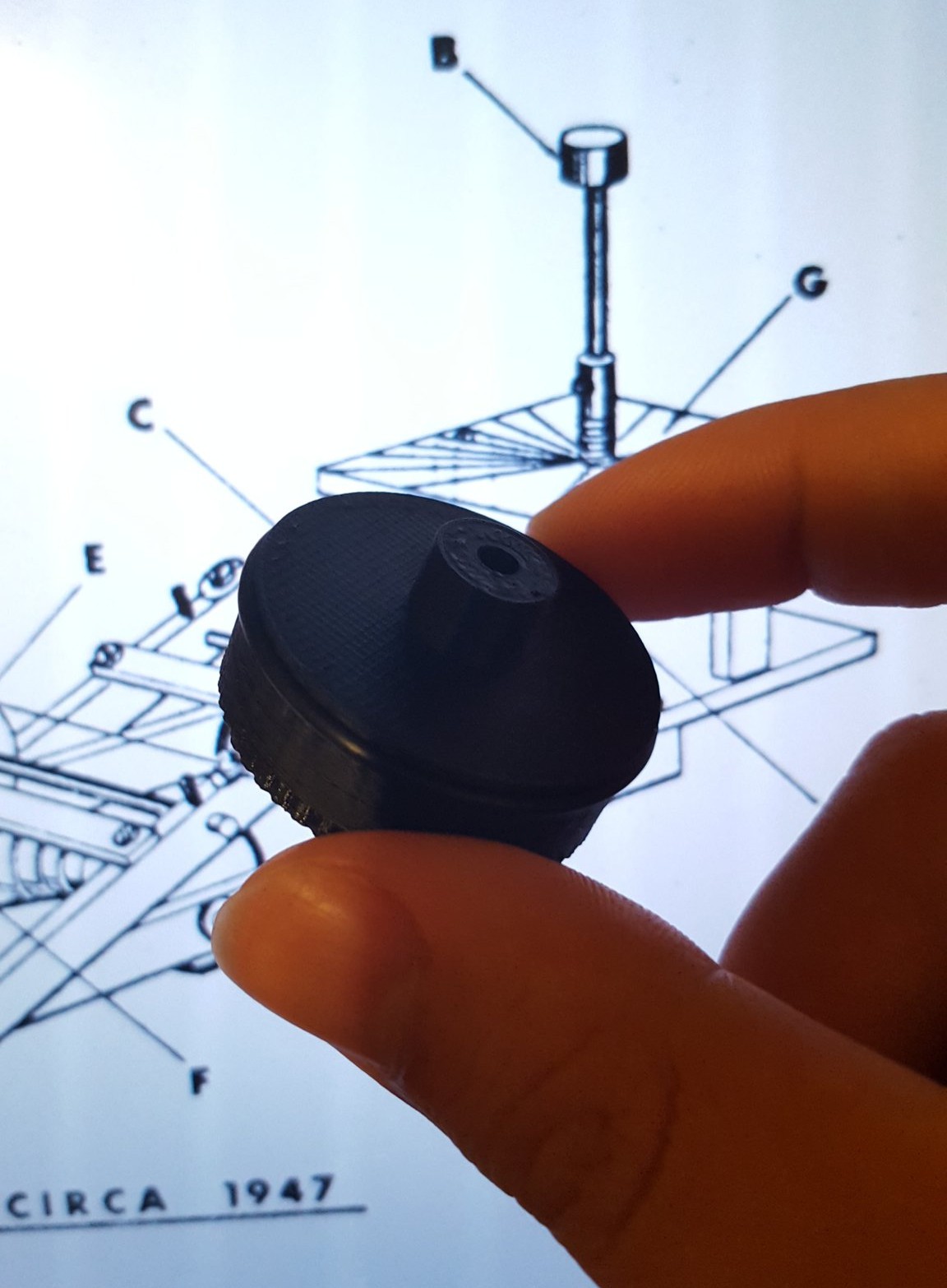
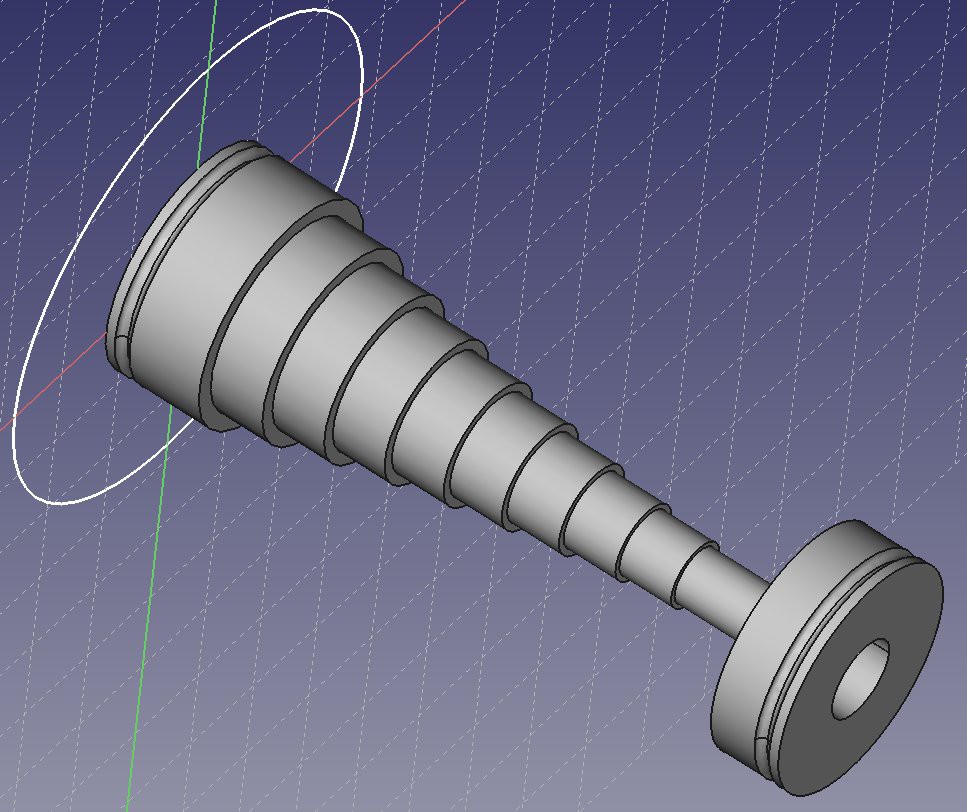
Amazing work! Did you think of contacting Fabrizio Coccetti and sharing findings, asking more details etc.?
Regarding handling/functioning:
In the article "The Beginning of the Monte Carlo Method by N Metropolis" it reads:
"When a material boundary was crossed, another choice was made appropriate to the new material. The device could accommodate two neutron energies, referred to as "slow" and "fast." Once again, the Master had just the right feel for what was meaningful and relevant to do in the pursuit of science.